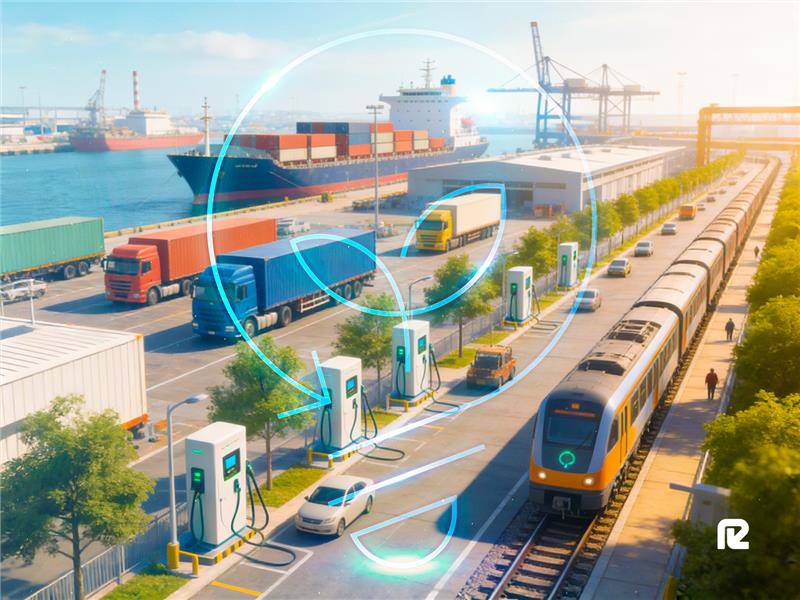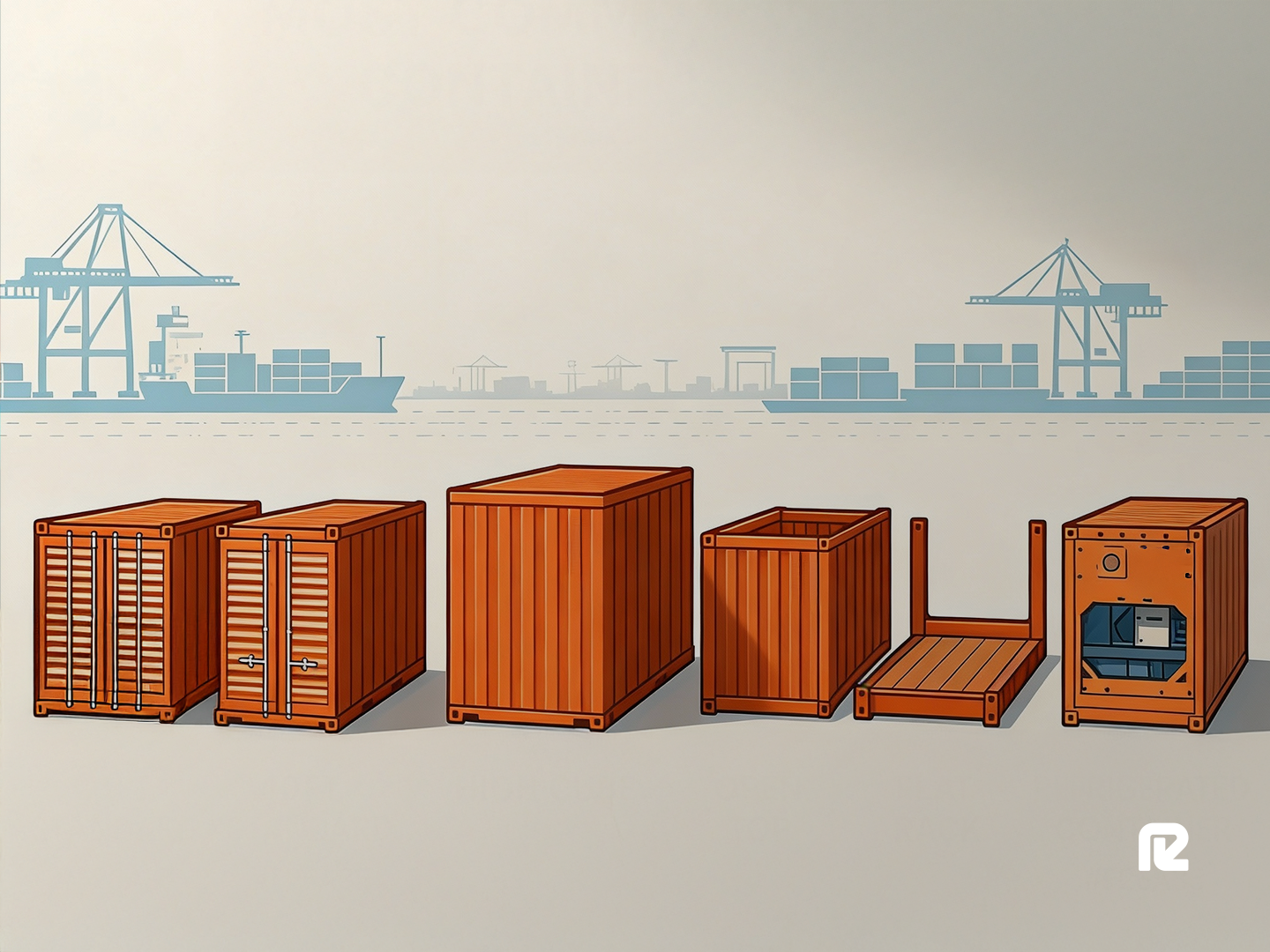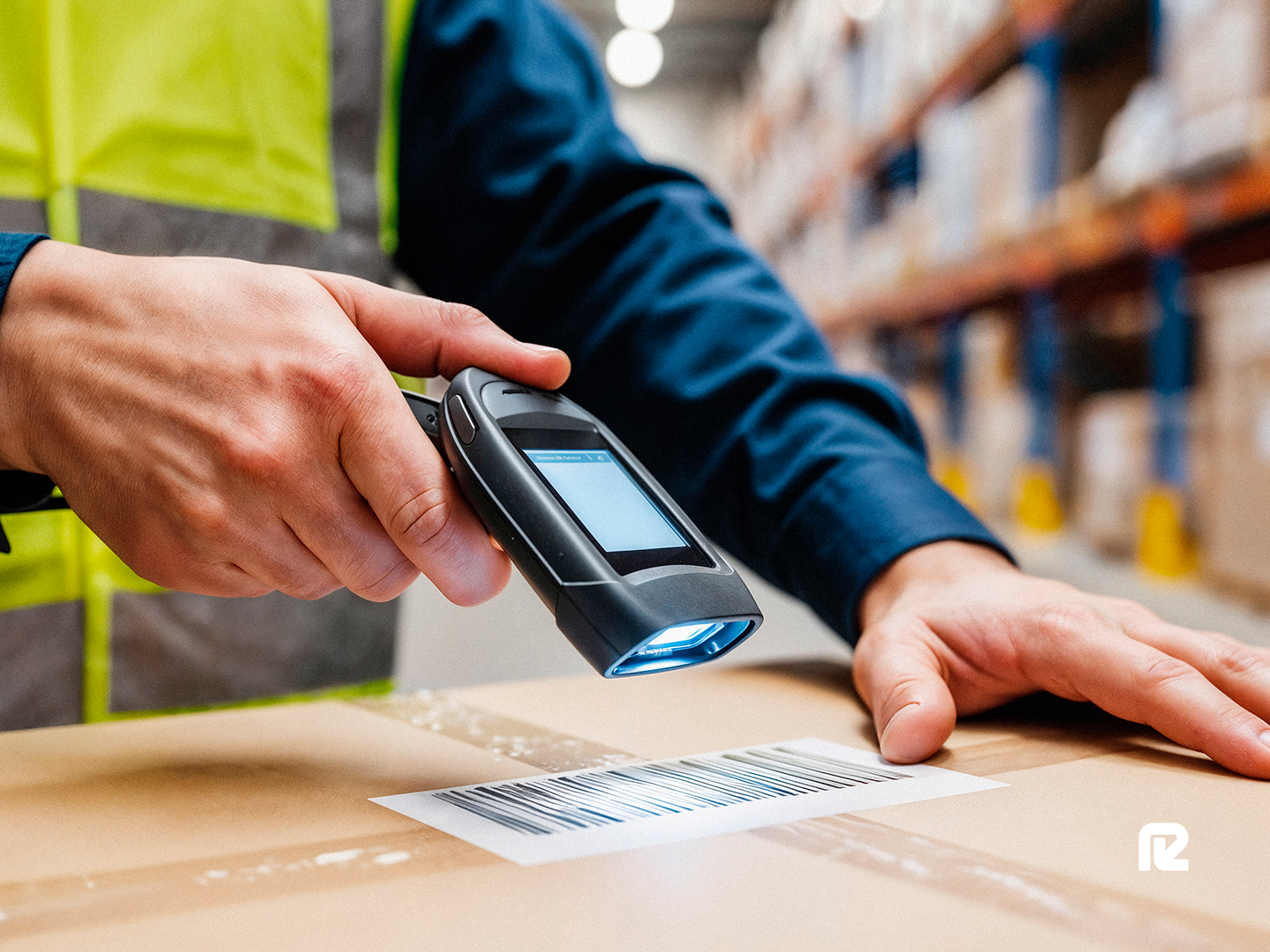Full Truckload (FTL) Shipping in Logistics: What You Need to Know
%20%20Shipping%20in%20Logistics.png)

Full Truckload (FTL) shipping remains one of the most efficient and secure ways to move goods, especially across long distances. In regions like Southern Africa, where road transport is often the backbone of trade, understanding when and how to use FTL can save on time and lower costs.
Before deciding whether FTL is right for you, it’s important to understand how it works and how it compares to other options. We’ll go through this throughout the article, as well as how costs are typically calculated and how full truckload shipping compares to less-than-truckload shipping.
What is Full Truckload Shipping?
Full truckload shipping is when a shipper books an entire truck for their goods alone. The shipment travels from the pickup location to the delivery location without any detours or stops to load other cargo.
An example of a full truckload shipping operation might look something like this: A mining operation might book FTL transport to move a full load of copper cathodes to a port, ready for onward export transportation. Using FTL in this case would mean fewer handling points and shorter transit times than other transportation methods. Without stopping along the way to load other cargo onto the truck, there is less risk of damage and delays, which could disrupt export schedules and lead to penalties later on in the supply chain.
How FTL Works in the Shipping Process
The FTL process is straightforward and very efficient:
1. The shipper books a truck for exclusive use.
2. The cargo is loaded at the point of origin in one go; this usually takes place at the warehouse or facility.
3. The driver travels directly to the destination without detours for other deliveries.
4. The goods arrive at the delivery point and are unloaded in one stop.
Because full truckloads are point-to-point, it’s often a preferred choice of transport for industries like manufacturing, agriculture, and mining, where delivery speed and cargo integrity are especially important.
Freight forwarders like Reload Logistics enhance this whole process by optimizing routes, making sure that their trucks take the most efficient route.
Advantages of FTL
The strengths of FTL are best seen in industries where timing and cargo condition are non-negotiable. For example, an agricultural exporter moving fresh produce from farms in Zambia to ports in Mozambique can use FTL so goods arrive quickly and in the expected condition.
• Speed and Efficiency: Direct delivery without multiple stops means faster arrival times.
• Reduced Handling: Less risk of damage or loss since cargo is loaded and unloaded just once.
• Predictable Scheduling: Easier to plan delivery times as cargo comes straight to the point of delivery.
• Ideal for Sensitive Goods: Great for fragile, high-value, or perishable items.
• Security: Because goods aren’t moved or unsealed once loaded, there are fewer security concerns along the journey.
Disadvantages of FTL
FTL isn’t the right choice for every shipment. Freight forwarders help clients weigh different transport type options, depending on the client's needs and cargo type, guiding whether to consolidate shipments, split loads, or opt for a different transport mode entirely.
• Higher Costs for Small Loads: If you can’t fill the truck, you’ll be paying for unused space.
• Little Room for Changes: Once the shipment has been loaded, it’s difficult and costly to make changes, like adding or removing items en route.
How FTL Costs Are Calculated
Rates for full truckload shipping depend on the type of freight being moved, the route taken and the route length, seasonal demand, and if there’s a need for specialized equipment for loading or unloading. Temperature-controlled trucks, mostly used for perishable items, will cost more than standard dry vans.
Other factors, such as customs processing times and road conditions, can also affect price. Working with a freight forwarder that has strong regional coverage can help sellers with all these factors.
Comparing Full Truckload and Less-than-Truckload Shipping
Firstly, what is Less-than-Truckload (LTL) shipping? Whereas full truckload is designed for larger shipments that can fill one truck, less-than-truckload shipping is better suited to smaller shipments, combining multiple shipments instead.
Advantages of LTL
Less-than-truckload shipping is built for smaller, more frequent consignments. It supports more agile inventory strategies, as businesses can send smaller, more frequent shipments to match demand, reduce warehouse holding costs, and test new routes or markets without committing to full-truck volumes.
• Cost-effectiveness: For smaller shipments, there’s a lower cost, as you don’t need a full truck.
• Flexibility and inventory management: Easier to run just-in-time deliveries, smaller batch replenishments, and more frequent restocking.
Disadvantages of LTL
In practice, businesses using LTL need to balance lower transport costs against potentially longer lead times and a slightly higher risk profile.
• Longer transit times: Due to multiple stops, consolidation and deconsolidation add time and potential delays to shipments.
• Increased handling risks: More transfers and touchpoints than FTL increase the chance of damage or loss.
Choosing FTL vs LTL
While there are many factors to consider, FTL generally makes sense when:
• The shipment can fill most or all of a truck
• Delivery speed is a top priority
• The goods are fragile, high-value, or require special handling
Industries like mining and manufacturing often rely on full truckloads for exactly these reasons. Reload’s fleet and regional network are built to handle shipments efficiently, whether it’s moving heavy equipment to a mining state or soft commodities to destinations quickly.
LTL typically makes more sense for shippers when:
• Moving smaller loads that can share truck space
• When delivery timelines are flexible and not as urgent
• When testing new routes or new markets before committing to full loads
Generally, a good rule of thumb is to choose FTL for speed, minimal handling, and large loads, and use LTL to save on costs when moving smaller shipments, with more flexible timelines.
Reload Logistics helps clients assess each shipment’s priorities, from time sensitivity to cargo type, to ensure the transport mode matches the business need. This tailored approach is especially valuable across Southern Africa, where regional infrastructure, border crossings, and seasonal demand can greatly affect transit times and costs.
With proven expertise in both FTL and LTL transport, as well as the ability to integrate warehousing and distribution with end-to-end logistics services, Reload ensures your cargo gets where it needs to go safely and on time.
Learn more about Reload’s Freight Forwarding Services and contact us for a tailored shipping solution.
FAQs
How many pallets fit in an FTL shipment?
Usually 24–26 standard pallets in a 53-foot trailer.
Is LTL cheaper than FTL?
For smaller shipments, yes. But for large or urgent loads, FTL is often more economical when you factor in speed and reduced handling.
Is FCL the same as FTL?
No, FCL refers to Full Container Load in ocean freight, while FTL applies exclusively to trucking.
Categories






